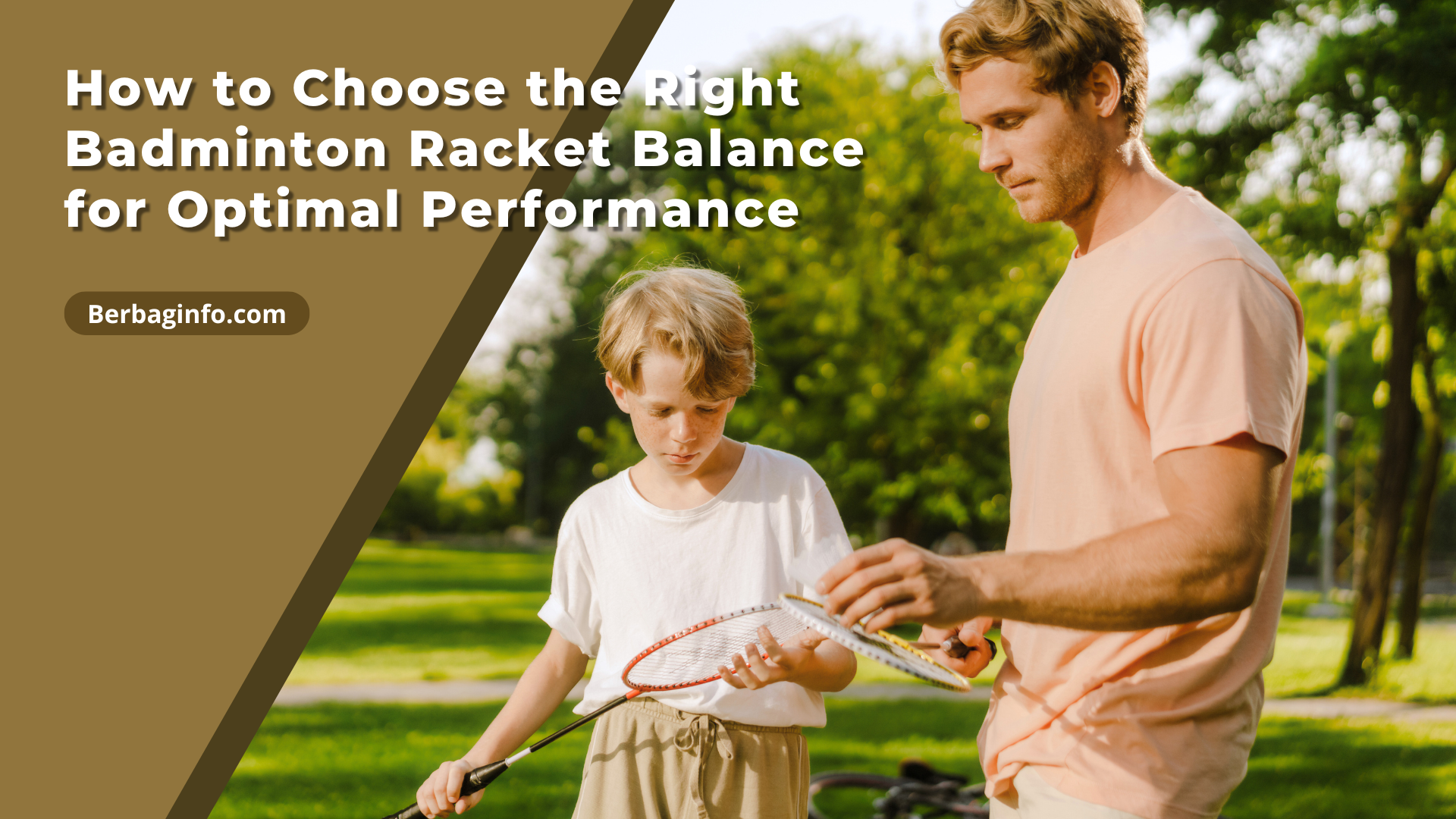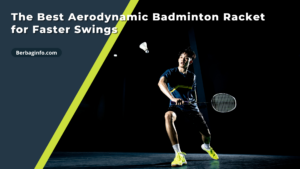How to Choose the Right Badminton Racket Balance for Optimal Performance
Berbaginfo.com – Proper badminton racket balance should come as no surprise whether you are a beginner or an entry-level player. The balance of a racket will affect how it feels, plays, and ultimately your performance when playing with the weapon in hand. This comprehensive guide will cover the basics of racket balance, why it’s important and how to choose the right badminton racket balance or lightweight racket that best suits your style!
How Badminton Racket Balance Works
What is Racket Balance?
Racket balance is the amount of weight the entire racket carries up and down. The balance of a racket is measured from its balance point, namely the distance from the base of the racket handle to the place where an object such as a finger or balancing device is placed and the balance is perfect. So how do you choose the right badminton racket balance? Rackets based on this balance point can be categorized into:
- Head-Heavy Balance: The head of the racket isn’t balanced closer to the handle.
- Balance Central: The balance point is located in the middle of the racket’s length.
- Head-Light Balance: The balance point is located closer to the handle of the racket.
How Racket Balance Really Affects Gameplay
There are also different advantages and considerations that come with each type of racket balance:
Head-Heavy Balance:
- Power Generation: The extra weight at the head creates more momentum for harder smashes and clears.
- Shot Stability: This provides for a greater stability at impact which helps during offensive plays.
- Slower Manoeuvrability: Extra weight at the head end of the racket may render it less manoeuverable and therefore take longer to retrieve in quicker exchanges.
Even Balance:
Balance, which is essentially what the Balance type offers — a healthy give-and-take between power and control for touch players who tan to oscillate wildly on offensive vs. defensive playstyles
- Balanced Performance: As there is no excessive element in it, the sound can provide almost uniform performance regarding both smashes and drops.
- Versatility: Players who switch between different playing styles or like to play both mixed and single events will love even balanced rackets.
Head-Light Balance:
- Better Control: Lighter head helps to move rackets faster, better net play, and defense.
- Speed: Best of both worlds between power and control, great for speedy and precise play (such as quick rallies or doubles).
- Lower Power: Head-light rackets, being more maneuverable may be limited in the amount of power produced for hard smashes and clears as compared to head heavy racket kinds.
Tips To Select The Correct Badminton Racket Balance
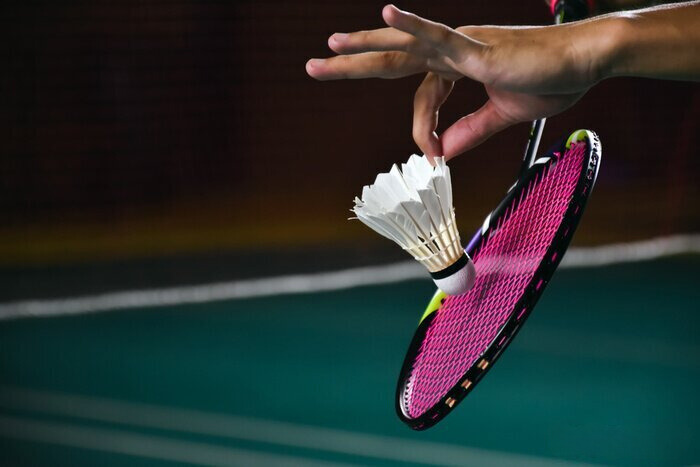
1. Analyze Your Playing Style
Your style of play is very important in choosing the right balance of racket:
- Aggressive/Attacking Players:
- Traits: Prefers to smash around, Hit fast and not safe!
- Balance: Head-Heavy(action): recommended.) That extra weight at the head of the racquet is what gives you enough power to push off fetches / dominate rallies with some really strong hit balls.
- Defensive/Control players:
- Traits: Prone to keeping the ball low and returning shots with fine-tuned accuracy while dragging out games everytime.
- Recommended Balance: Level Head-Light This balance supports quick defensive shots and net play, making it more maneuverable in the process.
- All-Round/Versatile Players:
- Every Individual: Balancing Aggressive & Defensive Play; offense and defense needed as the game scales.
- Balance Copied: Ideal Balance — Center. This racket is a powerful versatile racquet and well balanced with good power combindation and control.
2. Your Level of Strength and Fitness
The Best Racket Balance for You Depends on your Physical Attributes
- Physical, Physically Fit Players
- Recommended Balance: Head Heavy Rackets. These guys can probably deal with the extra weight, and their strength likely helps them produce more power without cutting too much speed.
- Smaller/Slower/Weaker Players
- Recommended Balance: Headlight or Even Balanced Rackets Both of these choices put less stress on the arm and wrist which lets you control it better as well have muscles in your hand not strain so fast.
- Wrist or Arm Situation Guys
- Recommended Skilled: HEAD-Light Rackets. The lighter head prevents high torque on the wrist and arm during quick swings that can cause injury or discomfort.
3. Try Several Rackets Until You Find The Right One.
Highly recommended to try different rackets before you buy:
- Go to a Sports Shop: A lot of sports shops will have demo rackets that you can take with you. Try out different placements by hitting smashes, drives and net shots while practising.
- Ask a Friend: Yes, always ask friends or Club Members if you can borrow their rackets. During games, take note of how comfortable each racket feels even when you are in high pressure situations or trying to hit your favorite shots.
- Comfort and Performance: No matter what the brand, a racket feels comfortable in your hand if it suits how you already play without causing strain or fatigue.
Advanced Material About How to choose the right badminton racket balance
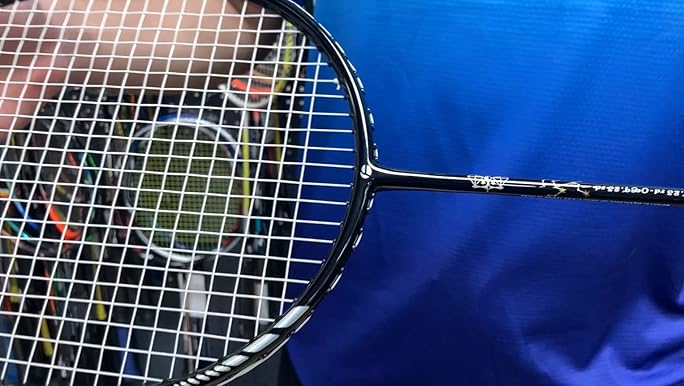
1. Playing Conditions
- Singles vs. Doubles:
- Singles: Generally involves harder-hitting shots and longer clears, so may be better suited for a head-heavy racket.
- Doubles: Quick exchanges and net play are frequent, so a head-light racket would help with speed as well as maneuverability.
- Court Type and Environment
- Indoor Courts: Play faster; Players may choose not because of the environment but style.
- Outdoor Courts: So a player playing on them could opt for head-heavy racket to stabilize their shots against wind.
2. Construction of Racket Technology
Modern rackets come with balanced technology for influencing this balance, some are:
- Structure: Rackets Manufactured using high-quality materials such as carbon fiber will give you a good balance,strength and flexibility of the product without adding unwanted weight.
- String Tension: This is related to the above function. Higher tension will lean towards control, while you might find the power with a lower tension so it is better to keep in mind on this balance and decide which racket should be your choice!
3. It all boils down to personal preference and the games you had played in your past.
In addition to the above, also take into account what has worked well for your organisation in the past and your own preferences:
- Previous Racket Preferences: There were reasons you liked playing with this type of balance in the past, and it has likely led to some success.
- Confidence and Comfort: An extension of feeling confident, when you know your favorite racket should improve how well you play the game just by having a fresh new state of mind.
Useful Tips to Choose the Perfect Racket Balance
Read on for a step by step guide to the right deicision.
- Your Style of Play: Determine if Your Strength is more offensive, defensive or all around in your gameplay.
- Use your core strength: Address how the balance of a racket can potentially affect it heavy topspin.
- Try Out Different Rackets: Test different balances during a real play.
- Focus on Comfort: make sure your hand doesn’t feel awkward or strained after long playing sessions so the racket need to fit naturally in your hand.
- Research Racket Tech: Investigate what the racket is made of and any tech it features that creates desirable playing characteristics.
- Tips: Speak to your coach or other experienced players for advice that best suits you at the level and style in which you play
Common Mistakes to Avoid To Choose The Right Badminton Racket Balance
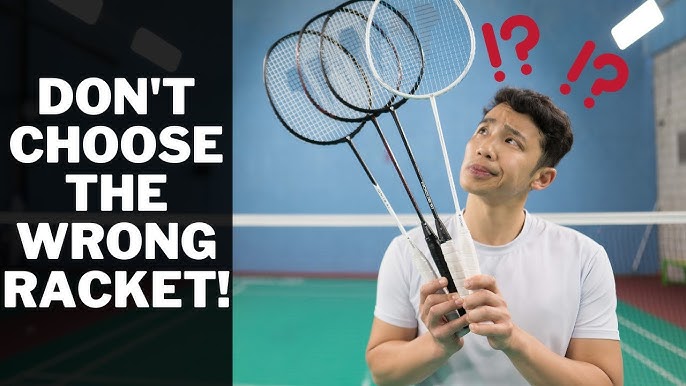
1. Missing the Balance
Most players focus only on the brand, price or look and forget about balance. On the other hand, going overboard with power will create very stiff rackets that do not cater to your playing style and it might also destroy or hurt you in long term due too much vibration.
2. Making Decisions Without Thinking About Long-Term Comfort
A racket that might feel good for a short game, but would eventually be uncomfortable after hours of play. Notice how the racket affects your arm, wrist and shoulder after spending time playing.
3. Ignoring Racket Technology
While traditional materials and designs have proven effective, some of the latest technologies added to a putter or wedge can provide that extra bit of help you need during your game. Choose a racket with this advancements in mind.
Best Badminton Racket Balance-wise
Examples of good badminton rackets courtesy their balance:
Head-Heavy Rackets
- Yonex Voltric Z-Force II: For advanced and aggressive players who want to bury shuttlecocks into the court, this racquet is unrivaled.
- Victor Thruster K 9900: Good overall power and stability—ideal for smash playstyles.
Even Balance Rackets
- Yonex Arcsaber 11: This racket is head balanced, it gives you the power and fits to all types of players.
- Li-Ning Turbo Charging N9-II: For those that want a head heavy racket but one which still gives an excellent blend of offensive and defensive capabilities, working well both when attacking or defending in singles matches as it does for defence and retrieval from the back during mixed doubles.
Head-Light Rackets
- Yonex Nanoray 800: The speed and control this racket is made of could create several perfect rallies.
- Victor Jetspeed S 10 :The Victor Jetspeed combines speed with precision and this model is a darling for defensive players, doubles gamers or those who plays quick-paced matches.
Conclusion
How to choose the right badminton racket balance is fundamental to improving your game and ensuring it remains enjoyable. With an understanding of how each style impacts play, and taking into account your game as well as physical strengt Hand preferences, You could choose a racket that not only is right For but would also give you the edge on court. Make sure to try several rackets, give comfort a premium and take into account the characteristic modern racket technologies. Perfect balance of racket style and you are all set to rule your game.

